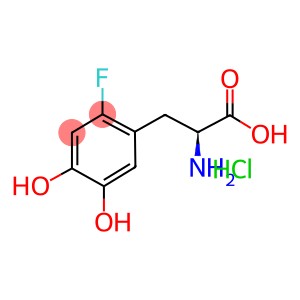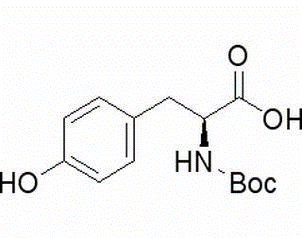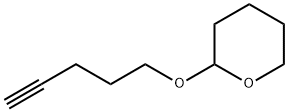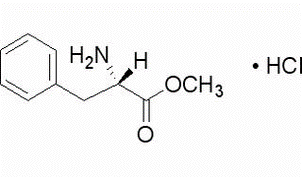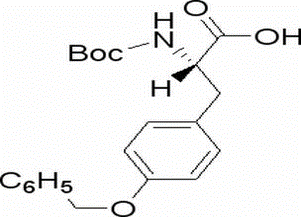2-FLUORO-5-HYDROXY-L-TYROSINE HYDROCHLORIDE CAS 144334-59-8
2-FLUORO-5-HYDROXY-L-TYROSINE HYDROCHLORIDE CAS 144334-59-8 introduce
In the field of pharmaceutical research and development, it shows remarkable application prospects. Preliminary research suggests that the substance may play a key role in the treatment of neurologically related disorders. In the research field of Parkinson’s disease, it is expected to participate in the regulation of neurotransmitter synthesis and metabolism, and provide a new therapeutic way to alleviate motor symptoms such as tremor and stiffness in patients with Parkinson’s disease by affecting the level of important neurotransmitters such as dopamine. For some cognitive diseases caused by nerve damage, it may promote the repair and regeneration of nerve cells, and help restore the patient’s memory, concentration and other cognitive functions.
IN THE LABORATORY SYNTHESIS PROCESS, RESEARCHERS NEED TO STRICTLY FOLLOW THE METICULOUS OPERATION PROCEDURES AND USE PROFESSIONAL CHEMICAL SYNTHESIS TECHNOLOGY TO ENSURE THE PREPARATION OF HIGH-PURITY AND HIGH-QUALITY 2-FLUORO-5-HYDROXY-L-TYROSINE HYDROCHLORIDE. This requires not only accurate reagent proportioning, but also close monitoring of reaction conditions such as temperature, pressure, reaction time, etc., to ensure that each step of the chemical reaction can be carried out accurately and error-free, and produce products that meet the requirements of experiments and subsequent clinical studies.
However, given its potential medicinal value as a chemical substance that is still in the advanced research stage, safe and regulated operation is essential. During use, laboratory personnel must strictly wear protective clothing, protective gloves, goggles and other professional protective equipment to prevent skin contact, inhalation of dust or volatile gases, because even a small amount of improper contact may cause unknown health risks. When storing, it should be placed in a low-temperature, dry, dark and well-ventilated environment, away from unstable factors such as heat sources and oxidants, to ensure that its chemical structure is stable and does not degrade or deteriorate. During the transportation process, it is necessary to strictly follow the regulations on the transportation of hazardous chemicals, select packaging materials with high sealing and high strength, post hazard signs in the conspicuous position of the outer packaging, and entrust a transportation unit with professional qualifications to carry it, so as to minimize the potential harm to the ecological environment and surrounding residents during transportation, and ensure the safety and controllability of the whole chain from R&D to application transformation.


